No Products
Online Only Price
Aquarium Silicone - Clear (ASI)
AS-C10
This is the best aquarium silicone on the market. It's non-toxic and safe for all fish, reptiles and amphibians.
Size: 10.2 oz Caulking Cartridge
This product is currently out of stock
More Info
ASI Aquarium Silicone Sealant has been specifically formulated for the fabrication of fresh and salt-water aquariums. This high modulus component RTV Silicone Sealant forms strong cohesive bonds to glass without the need of primers. The bonds are unaffected by continuous immersion in water and, when fully cured, is non-toxic to fish. ASI Aquarium Silicone Sealant is a non-slump sealant and can be applied to vertical surfaces without flowing or sagging.
- - High Modulus
- - Excellent tensile strength
- - Excellent primerless adhesion to glass
- - Bond unaffected by continuous immersion in water
- - Excellent clarity
Because ASIAquarium Silicone Sealant is a 100% silicone sealant, it has excellent resistance to weathering including ozone, ultra-violet radiation and airborne chemicals.
ASI Aquarium Silicone Sealant can be applied to surface temperatures from -18°C to +50°C (0°F to +120°F) and after curing, withstands constant operating temperatures from -57°C to +233°C (-70° F to 450°F).
MATERIAL PREPARATION
For successful bonding, glass must be clean of all dust, dirt and oil. The presence of these contaminants may impede the development of the bond. Therefore, it is essential that the glass be cleaned with suitable and compatible cleansers such as nonoily solvents, diluted solutions of acetic acid or extremely hot water. The cleaned glass should be wiped dry immediately with a clean, lint free cloth or blown dry with hot oil free air.
DO NOT clean glass with soap and water solutions. Soap residue can act as a release agent and result in adhesion failure.
Clean glass should be handled with clean, lint free gloves or equivalent only. Oils from hands and fingers can act a release agents resulting in adhesion failure.
APPLICATION
1. Glass must be properly prepared as described.
2. Apply the aquarium sealant to edge surface of the glass to be joined to the non-edge surface. After application of the sealant, the assembled glass components should be tightly placed in a fixture or jig to allow sealant to flow evenly between joined surfaces and to give support during the internal sealing of the aquarium.
3. Selected bead size appropriate for the size of aquarium being constructed. Apply the sealant into the center of the joint formed by the sections of glass. Tool the sealant immediately after application. Any excess sealant should be removed before the sealant is cured by suing a clean cloth and a suitable solvent such as MEK (methyl ethyl Ketone), TCE (trichlorethylene) or alcohol.
Cured sealant can be trimmed with sharp blade. Allow sealant to cure at least 7 to 10 days before adding water and fish. This will ensure full cure and will allow the curing agent to totally dissipate.
REPAIR APPLICATION
The ASI Aquarium Silicone Sealant can be used to repair old or damaged aquariums.
1. Remove all of the damaged sealant, clean area to be repaired with a clean cloth and a suitable solvent. Apply sealant as described above and tool.
2. Check repaired aquarium for leaks before adding fish to tank. Fill aquarium with water and let sit for several days and check for any signs or leakage.
Customers who purchased this item also bought:
-
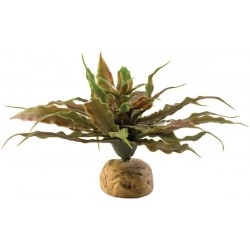
Star Cactus...
Ideal for use in more 'sterile' set-ups (e.g....
$8.99
-
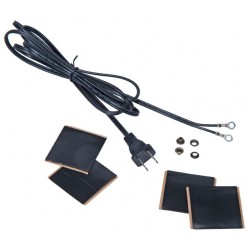
Connector...
This clip/insulator/wire set includes a 6'...
$4.99
-
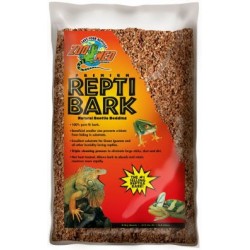
Repti Bark -...
Zoo Meds Repti Bark is made from the bark of...
$24.99
-
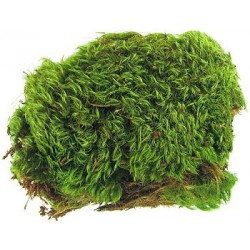
Frog Moss -...
Completely natural frog moss for use with...
$5.99
-
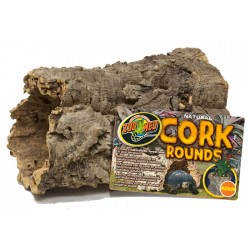
Cork Bark...
Adding cork bark to any setup helps create a...
$13.99
-
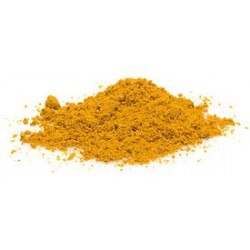
Bee Pollen -...
Bee pollen is often referred to as nature's...
$8.99
